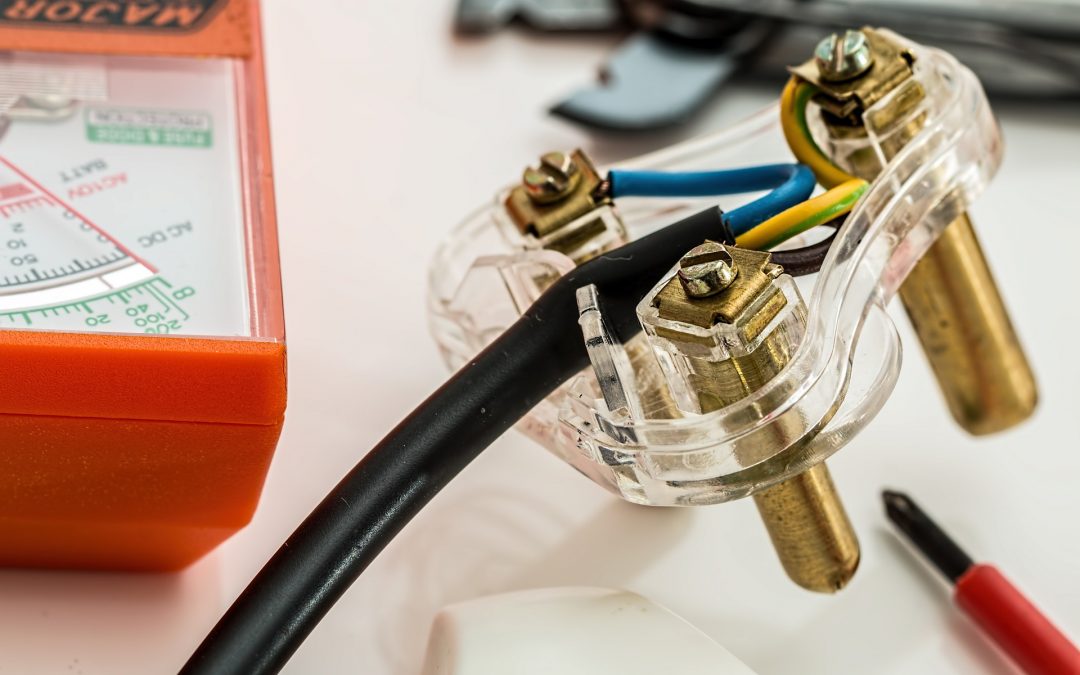What is a troubleshooting? Among the definitions we managed to find: a troubleshooter is “a person who locates and repairs problems”.
Hence, troubleshooting is a process based on fault finding and correction. At its core it involves using a systematic approach to locating and fixing problems in existing systems. And ICT systems are no exception.
Troubleshooting at its core
Although system problems are undesirable, they are an inevitable occurrence in the ever-evolving technical field. A good way to think of troubleshooting, then, is as “reactive problem-solving”. Since the issue one is facing was not proactively prevented, it requires a solution now that it has been discovered.
Troubleshooting skills center around the ability to detect differences between what is and what ought to be. The most generally accepted problem-solving methodologies consist of at least the following two steps:
1) Analyse the problem state
2) Analyse the solved state
The problem state is basically “what don’t you like about the way this works”, or “what is not currently working in the system”.
Analysing the solved state is basically asking “how would you like things to be”, or “how should things actually work”.
Following on as a logical progression is a final step of “how do we prevent this from happening again?”. This is particularly vital at higher system levels, which are more often subject to problems caused by random occurrences. Thus, verifying the repairs and properly documenting the entire repair process is a necessity. Finally, conducting thorough debriefing sessions is important in developing personal as well as interpersonal skills.
The better approach
Without going into too much detail regarding specific troubleshooting approaches, an overriding attitude should be to ask as many questions as possible pertaining to the problem. Without this, one runs the risk of ending up with incomplete or irrelevant information, thereby significantly decreasing the chances of troubleshooting successfully.
Further to this, troubleshooters also need to develop the skills towards asking the right questions. Experience and training aside, the best way to accomplish this is to have sufficient working knowledge of the systems and their associated technologies.
Another key element in promoting the troubleshooting mindset is the fostering of out-of-the-box thinking. When a proposed solution fails to resolve the issue, individuals should consider whether there are other ways to critically examine the problem, using different analysis principles. Additionally, use different perspectives: analyse part of the system that is still working, or use a third party to interpret the available data.
Lastly, but certainly not least, troubleshooters should realise that common problems are common for a good reason – they’re the ones most likely and most often encountered, and thus they should be familiar to problem-solving personnel so they can be identified and dealt with speedily and with minimum effort.
The author interviewed Marc de Douallier, Infrastructure Manager and solutions architect, in consultation for this article.

